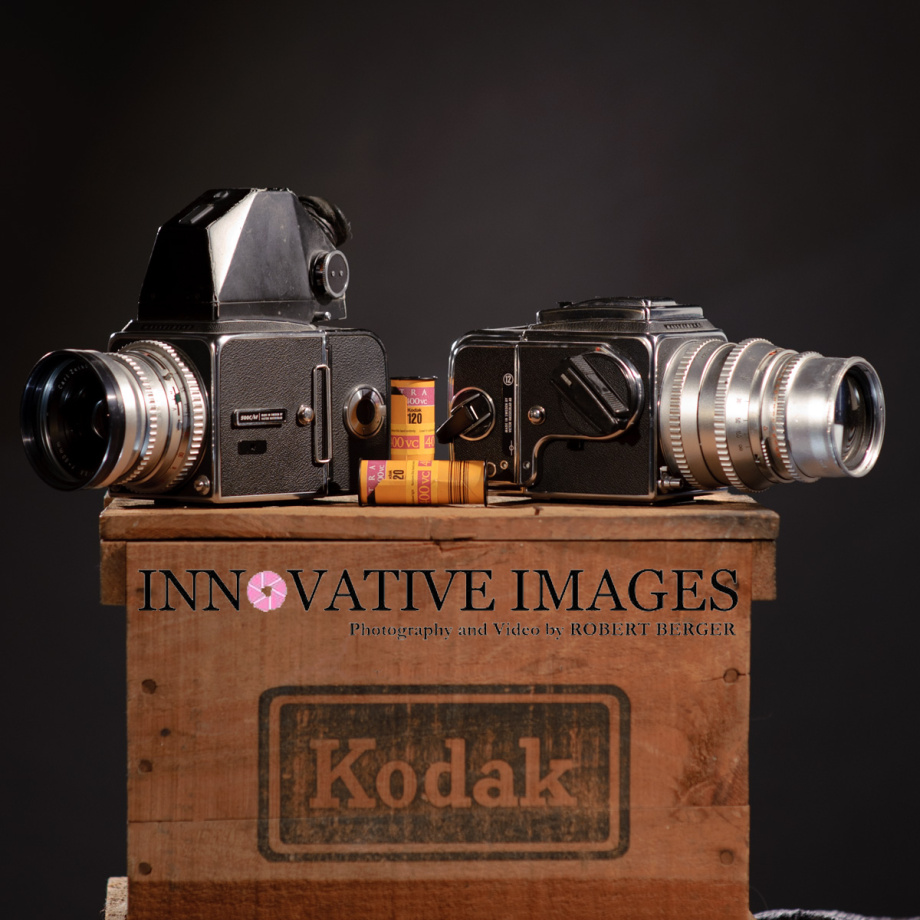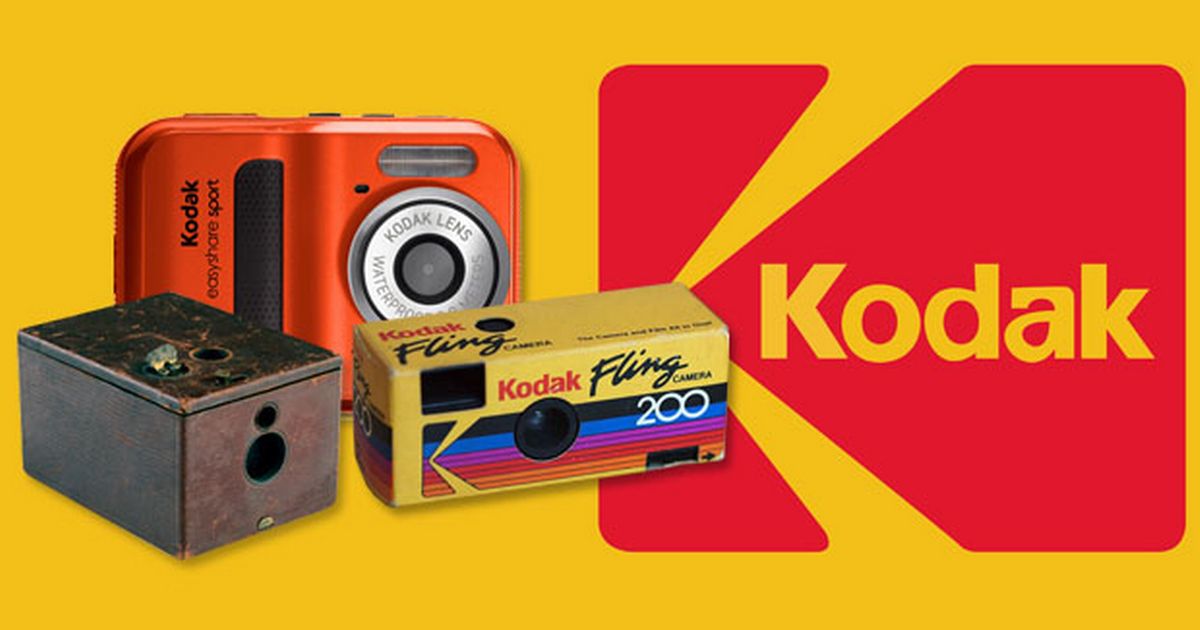A Tribute to Kodak
Here is a terrible idea for a decision maker in a large organization to tackle digital conversion. In fact, it is innovative, has a mechanism to respond to destructive forces, and the layer of internal management turns into something that you can not recognize your creative idea.
Kodak is a company that always holds as a child of an organization's poster that missed a digital boat to protect an existing business. Technical Ethnic magazine, Tricia Wang, who studies the behavior of organizations and users says her research reveals different stories. In her opinion, the big digital idea was not simply rejected by myopic Kodak executives. Instead, she says that the real story is much more complicated, including the decision-making process for large companies.

Today, companies recognize that choosing digital transformation and modernization, or calling it, is a very realistic concept that can avoid confusion. Although Kodak was certainly the earliest victim of digital turmoil, he said that the company is not simply passive.
Rather, she is looking at a company that can not take that idea and can not fully understand the impact of digital conversion. Perhaps it may have been looking so soon, but it was at least partial that the decision maker wanted to make digital products with the image of what came before in place of what comes next.
Kodak Digital Myth
Kodak's R & D team invented the first digital camera in 1974 and then hit it before producing the first latest digital single-lens reflex camera in 1989. There are also people who may be aware of the possibility of that second discovery This new device is seen as a direct threat to its core film and development business. As a result, they really take the idea seriously and will not miss the digital future just around it.
This example shows a classic example of destruction defined by Clayton Christensen in the book "The Innovator's Dilemma". But the king looks at another note here.
She believes the evidence that even though Kodak may not understand the full scope of the digital future, it might not fit it completely for blind self-interest.
Find the next (wrong) idea
It can not be said that Kodak has completely accepted digital cameras. Instead, I managed to find ways to adapt digital to the corporate worldview. Wang points out that computer-based photo editing debuted at the same time Kodak invented the latest digital camera. "The first digital photo editing software was introduced in 1988 and the Macintosh computer that ran it strongly suggested a different kind of future for digital capture and editing.
Kodak's digital pictures, especially the patents developed mainly in 1989 digital camera patents, would have given Kodak a major footprint in meeting the emerging consumer needs on digital photography.
However, Kodak seems to miss all signals coming from the market. The Casio QV-10 introduced in 1995 is the year 2000 when the market was acquired by other competitors who do not have IP, such as knowing where the future point and shoot digital photos are actually located, etc. We developed an onboard LCD display that can be regarded as a direct pioneer of a smartphone equipped with a camera in the camera, "she explained
They saw the problem not turning customers into digital worlds, but finding ways to increase the presence of bricks and mortars. It took the form of a kiosk that responded to the needs of digital users who print out hard copies from digital systems. It was not a terrible idea, but I actually missed the actual digital mark.
"As this big idea [digital camera] ran through the chain of command-lines pleating the footnote of the footnote Kodak discovered something new, but their decision-making process I did not explain, "said Mr. Wang. They had the correct insight, but the way they invested was not related to the original idea of a completely digital world.
To be fair, Mr. Wang pointed out that only kiosks did not do with digital patents, which was noteworthy. "It is very clearly demonstrating how enterprises overlook the broad changes in consumer behavior and how to tackle the gradual improvement of existing businesses," Mr. Wang said.

Talk with customers
She says that she is finished in a data-driven style as we have forgotten human factors. You need to understand how your customers are using what you created and their real human feelings. There is an element of the theory of Steve Jobs, but we can not know what the customer wants until it displays it, but that is only a part of it. Even in the context of true innovation, you can not truly know what customers need until you ask.
In addition, even sacred data can save you so far. As I have seen, collecting that data and understanding the needs of the customers of the contact often requires a big detachment. If you doubt that, consider the time when United's passengers were dragged from the airplane last Spring. United might have had a history of every dialog with that customer in the database, but when it was important at the point of contact with that crew it did not do it well.
For the king, companies must think beyond tools and techniques. They need to learn how to talk to technicians who understand technology with people other than technology, sales, marketing, customer service, and other parts of the company that actually touches the customer. She said the problem is that there are these tools and dashboard, but it does not teach everything to know without customer contact.
If you want to avoid becoming Kodak (or United), talk with the customer externally after the technician talks to the manager, officers, and other employees, building a common understanding and language among the employees It starts from.
Otherwise, you could end up with a kiosk instead of an iPhone, no one wants it.
Wang depicts a decision-making scenario that did not ignore the mess but it still yielded the same unhappy result. Bankruptcy and once the shrinking of big giants.





